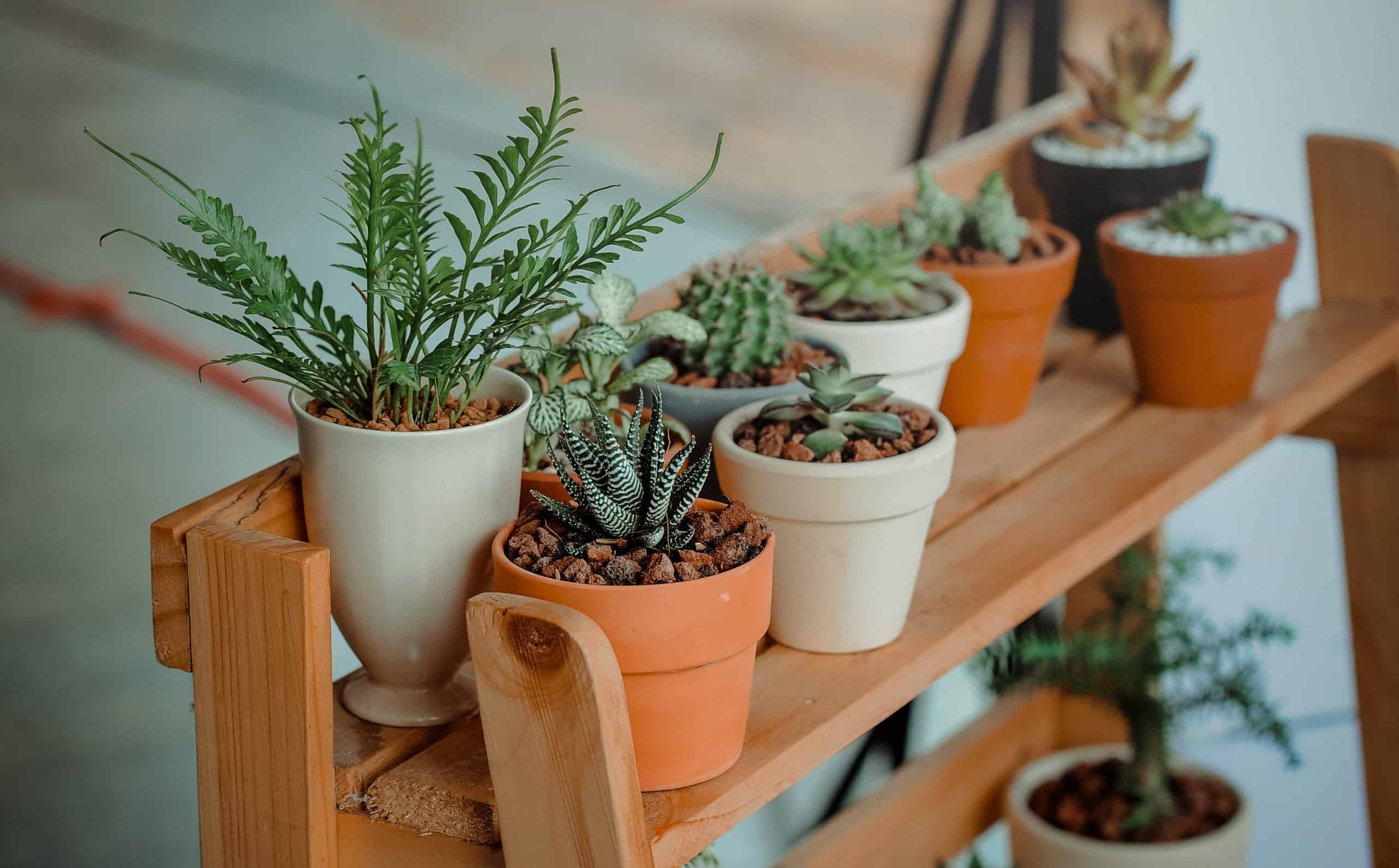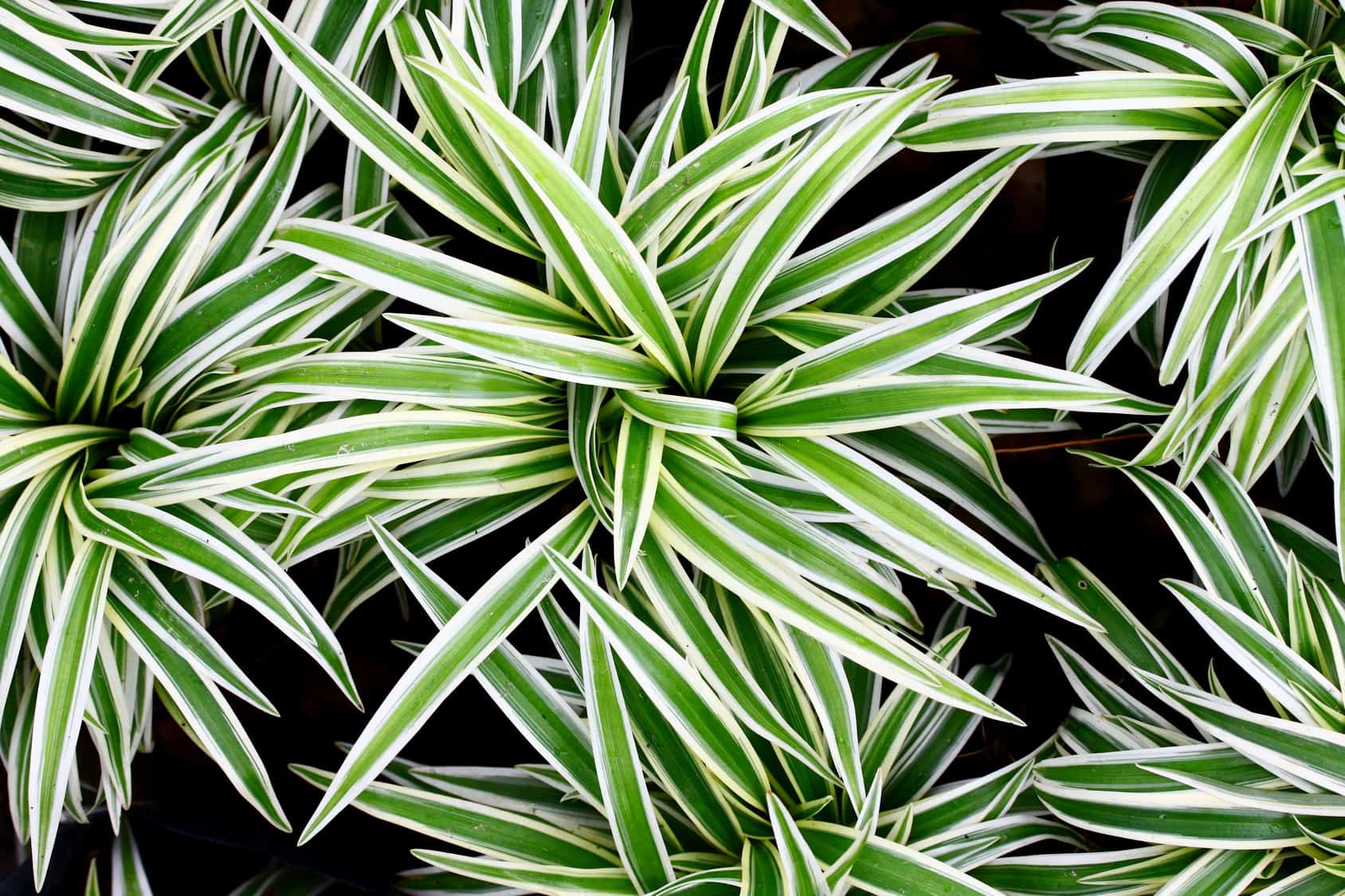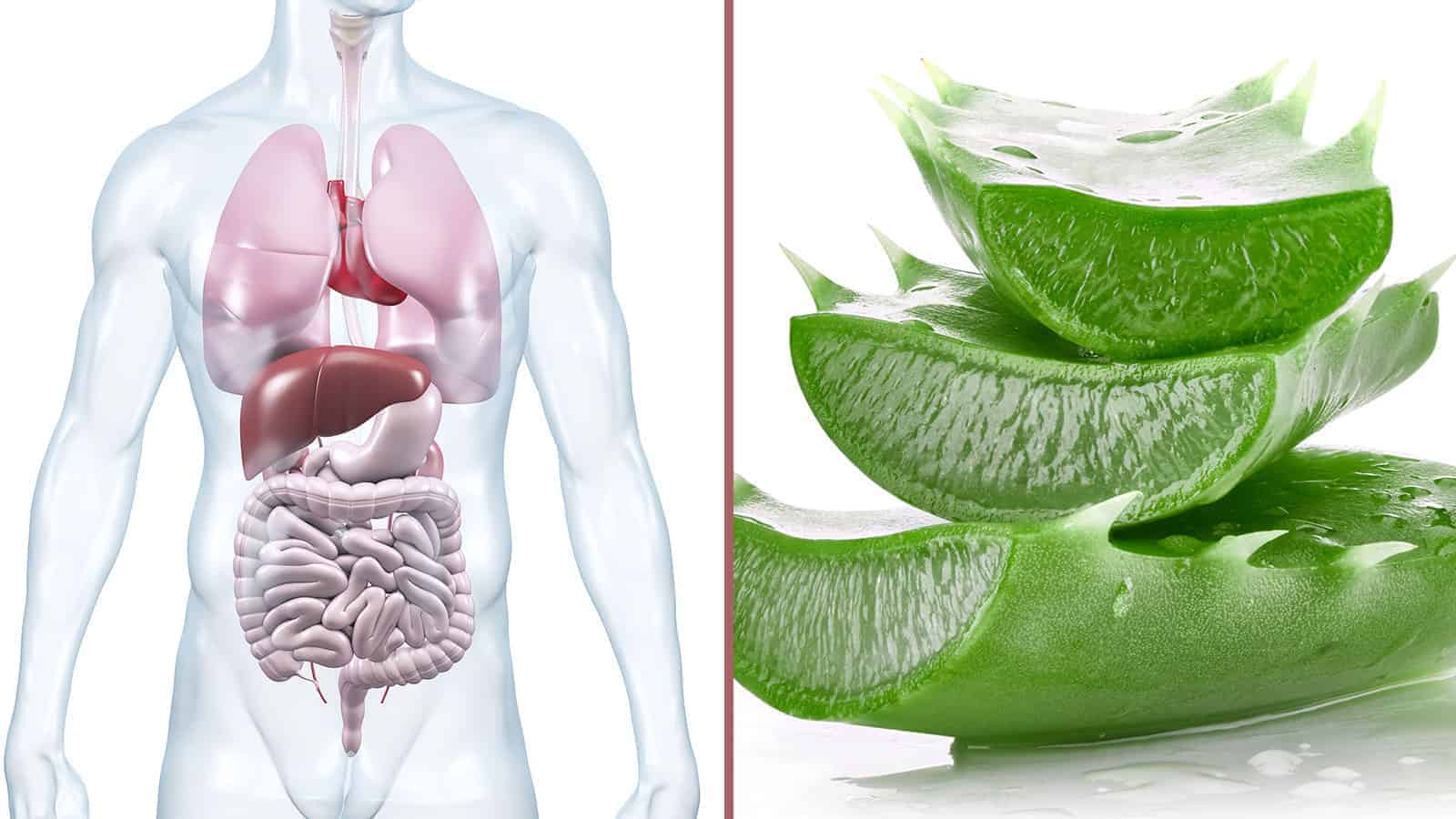Indoor plants are not just valuable for their beauty and the extra oxygen they add to the air.
Plants can also help to improve air quality, both at home and in the workplace, acting as natural filters and improving overall health. They may assist in the workplace battle against sick building syndrome and minimize exposure to chemical irritants.
You may not notice any particularly noxious odors in your home, or strong smells may quickly dissipate. Nevertheless, dangerous chemicals may still be lurking about, posing potential health threats over time, and aggravating any existing issues such as asthma or migraines.
Some toxins that can be absorbed by indoor plants include the following:
- Carbon monoxide comes from tobacco smoke, gas appliances, and automobiles
- Formaldehyde emits from tobacco smoke, building materials such as particleboard and plywood, new textiles such as carpet and drapes
- Ammonia is a by-product of cleaning products, animal wastes, coal or wood furnaces, fertilizers.
- Xylene releases from paints, adhesives, permanent markers, and second-hand smoke.
- Toluene seeps into the air in adhesives, nail products, dyes, cleaning products, synthetic fragrances, and tobacco smoke.
- Trichoroethylene comes from the manufacturing process of dyes, soaps, perfumes, spot removers, and typewriter correction fluid.
- Benzene emits by building materials, tobacco smoke, unventilated oil heating, and in fumes from an attached garage
Indoor plants can improve air quality in any room of the house or workspace. Here are fifteen of the most effective, easy-to-maintain plants. Remember, if your pet or child loves to taste any new plants, that many can be dangerous for them and so should be as inaccessible as possible.
15 Indoor Plants That Clean the Air
1. Palms
Bamboo, or Reed Palm: A beautiful floor plant that can grow up to 12 feet tall and filters pollutants such as carbon monoxide, formaldehyde, and benzene. This indoor plant loves a sunny spot and lots of moisture.
Areca Palm: A superstar for removing any air toxins.
Lady Palm: Indoor plant that enjoys cooler temperatures and is useful for removing toxins such as formaldehyde, ammonia, xylene, and toluene.
Dwarf Date Palm: An excellent air freshener that helps remove xylene.
2. Ivy
English Ivy: Great for hanging or tabletop, this ivy adapts to shade or sun and likes plenty of water and well-drained soil. It’s an excellent air freshener, and filters carbon monoxide, formaldehyde, benzene, trichloroethylene, and even destroys some mold spores from the air.
Devil’s, or Golden Pathos Ivy: This popular houseplant is hardy and low-maintenance. It likes plenty of moisture and indirect sunlight. It improves lung health by cleaning the ozone and removing carbon monoxide, formaldehyde, and benzene.
3. Lily
Peace Lily: This popular, easy-to-grow plant loves dimly lit areas. Just water once a week. It’s an excellent air purifier and removes many toxins, such as formaldehyde, carbon monoxide, ammonia, and benzene. Because of toxicity, don’t buy at all if you have a cat and wash your hands after handling it.
Flamingo, or Laceleaf Lily: This plant loves a more humid climate and plenty of indirect sunlight. The NASA Clean Air Study showed this plant to be extremely useful for filtering formaldehyde, ammonia, toluene, and xylene from the air.
4. Philodendron
Red Emerald Philodendron: Philodendron is one of the most common indoor plants. They require little attention, will thrive on either natural or artificial lighting with once a week watering. This houseplant is an all-around air purifier, erasing almost all indoor toxins.
Elephant Ear Philodendron: The large leaves of this philodendron are especially adept at removing formaldehyde from any space.
5. Ferns
Boston Fern: This is a classic for hanging or a pedestal. Give them plenty of indirect light, keep them moist and mist periodically. The plant eliminates xylene and formaldehyde emissions from their space.
Kimberley Queen Fern: This fern not only removes harmful formaldehyde and benzene from the air but also acts as a natural humidifier. The Australia native, with its broad, palm-like fronds can grow quite tall. It requires little care beyond consistent moisture and perhaps some fertilizer during summer months.
6. Snake Plant, or Mother-in-Law’s Tongue
This common indoor plant is excellent for beginners since it will grow almost anywhere with little care. They can become quite tall and striking in their appearance. Allow the succulent to dry between waterings.
A NASA study revealed that snake plants remove a host of pollutants, including formaldehyde, benzene, xylene, trichloroethylene, and nitrogen oxide, which can be emitted from gas-burning appliances and tobacco smoke.
7. Chrysanthemum
These fall favorites are enjoyed for their varied, colorful blooms. As an indoor plant, they need to be in a sunny spot and kept moist to maximize flowering. Sometimes called “Pot Mums” or “Florist’s Mums,” they make an excellent gift for a sick friend.
The blooms of the chrysanthemums themselves are the air filters of this plant. They remove many airborne toxins, including formaldehyde, xylene, ammonia, benzene, toluene, and trichloroethylene.
8. Dracaena, ‘Janet Craig,’ or Corn Plant
This easy beginner plant can be found in a variety of markings and sizes. Some types even produce small white flowers once mature. The plants thrive in indirect light with plenty of moisture.
Dracaena helps eliminate formaldehyde, xylene, toluene, benzene, and trichloroethylene from the surrounding air. The plants can grow quite tall and are an excellent choice for a smoker’s space.
9. Gerbera, or Barberton, Daisy
These bright and cheery blooming plants are great for enhancing moods as well as cleaner air. They like plenty of sunlight and well-drained soil. Let the soil dry slightly between waterings.
These annual plants help eliminate formaldehyde, trichloroethylene, benzene, and just about any other toxins from their space.
10. Spider Plant
Spider plants are one of the easiest indoor plants, well known for their long, striped leaves. They like plenty of indirect light and work well as hanging, pedestal, or tabletop plants.
Spider plants are excellent carbon monoxide filters, as well as formaldehyde and xylene.
11. Ficus, or Weeping Fig
This popular Asian indoor plant enjoys plenty of indirect light but may burn in direct sunlight. Allow the soil to dry between waterings to avoid rot, but don’t leave dry for long periods. This plant loves hot, humid climates and can grow up to be up to 10 feet tall. Ficus is poisonous to pets and may trigger an allergic reaction for some people.
NASA’s Clean Air Study found Ficus to be useful for airborne cleansing of formaldehyde, xylene, and toluene from surrounding air.
12. Dragon Tree
Dragon Trees are one of the easiest indoor plants. They can bounce back from quite a lot of neglect. They may grow to over 5 feet tall over time, with leaf color variations from green to purple. The plants like a lot of indirect light but can still thrive in low-light environments, making them great for office use. Let the soil dry out well between waterings.
Dragon trees filter xylene and trichloroethylene, proven breast-cancer causes, as well as formaldehyde, from the air.
13. Aloe Vera
Aloe vera is truly a superstar among house plants. The plant is a natural remedy for various skin injuries and ailments, including sunburn. It contributes healthful oxygen to the air for better air quality and a good night’s sleep. This succulent likes well-drained soil and lots of either natural or artificial indirect light. It requires little watering, especially during the winter. Though non-toxic for humans, the plant is still unsafe for pets.
Aloe vera removes formaldehyde from the air, turning brown if the contamination is extreme. It also removes benzene emissions from paints and chemical-based cleaners.
14. Rubber Plant
Another species of Ficus, these Indian natives are great for beginners. The hardy plants thrive in bright, yet filtered light, with watering once a week in summer and every two weeks in winter. They can become large, depending on the size of the pot.
Rubber plants are effective in eliminating formaldehyde, benzene, xylene, and trichloroethylene from the air.
15. Chinese Evergreen
Chinese evergreens come in many varieties of variegated leaves and are easy to care for. They grow from one to two feet high in low to medium light. Plus, you only need to fertilize them a couple of times a year.
These plants have been shown to be effective against formaldehyde and xylene toxicity at home or in the workplace.
Final thoughts on Purifying the Air With Indoor Plants
Many toxic compounds found in homes and workplaces have been shown to contribute to symptoms such as headaches, respiratory conditions, and allergies. A build-up of these toxins and other particulates can become a condition known as “sick house” or “sick building syndrome.”
Toxin-absorbing plants have been shown as one effective way of decreasing or eliminating these dangerous chemicals from the air and contributing to better overall health and a more productive lifestyle. Even if you don’t have a green thumb, it may be worth bringing some of these beneficial, beautiful plants into your living and working area.

















 Community
Community

